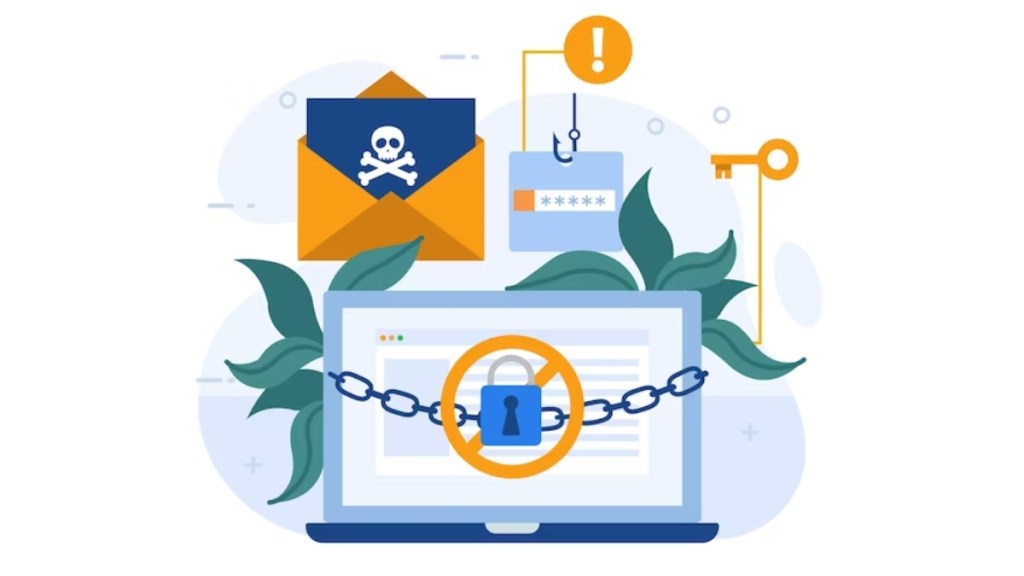By Mohan S Gounder
Cybersecurity has emerged as a critical concern in the digital age, with cyber threats advancing at an alarming rate. The complex nature of these threats and the constantly evolving landscape of cybersecurity pose significant challenges for information science and engineering. Nonetheless, researchers and practitioners in these fields are collaborating to develop innovative solutions that can keep up with the pace of change and respond to the growing threats. A key challenge in cybersecurity is the ever-changing nature of cyber threats. As new technologies emerge, cybercriminals find novel ways to exploit vulnerabilities and gain unauthorized access to networks and systems. For example, the proliferation of the Internet of Things (IoT) has brought about a host of security concerns, as more devices are connected to networks and are thus susceptible to compromise.
To address these challenges, information science and engineering are leveraging cutting-edge technologies such as machine learning and artificial intelligence (AI). These technologies help identify patterns and anomalies in network traffic and behavior, which may indicate a potential attack. Machine learning algorithms can analyze vast amounts of data from network logs, detect unusual activity, and alert security personnel to potential threats. Similarly, AI-powered threat intelligence platforms can continuously monitor the internet for new threats and update security systems with the latest information.
Another promising area of research is blockchain technology. Blockchains are distributed ledgers that enable multiple parties to verify and record transactions without the need for a central authority. This makes them ideal for securing digital transactions and records. In the realm of cybersecurity, blockchains can facilitate the creation of decentralized security systems that are more resilient to hacking and tampering. For instance, a blockchain-based authentication system could eliminate the need for passwords and other vulnerable authentication methods.
One innovative application of blockchain technology is in securing Internet of Things (IoT) devices. IoT devices such as smart thermostats, security cameras, and medical devices are becoming increasingly common and often lack adequate security measures. These devices are vulnerable to cyber-attacks, which can have serious consequences in critical applications such as healthcare. Blockchain technology can be used to secure IoT devices by creating a decentralized network of trust that enables secure communication and data exchange between devices. In a blockchain-based IoT network, each device has a unique digital identity that is verified by the blockchain. When a device communicates with another device, the blockchain verifies the digital identities of both devices and ensures that the communication is secure.
Information science and engineering are also advancing existing cybersecurity solutions. Traditional antivirus software is no longer sufficient to protect against sophisticated threats. To address this, cybersecurity researchers are developing more advanced endpoint protection solutions that utilize behavioral analysis and machine learning algorithms to detect and respond to threats in real-time. Cloud security is another area of focus, with more companies moving their data and applications to the cloud. The solution providers are working together to develop cloud security solutions that provide end-to-end encryption, continuous monitoring, and advanced threat detection.
Despite these promising developments, the future of cybersecurity remains uncertain. As cyber threats continue to evolve and become more sophisticated, it is imperative that information science and engineering stay ahead of the curve and develop new solutions to keep networks and systems safe. One possible solution is to focus on cybersecurity education and awareness. Many cyber-attacks result from human error, such as employees clicking on phishing links or using weak passwords. Educating employees and the public about cybersecurity best practices can reduce the likelihood of these types of attacks and make networks and systems more secure. Another approach is to foster collaboration between different stakeholders in the cybersecurity ecosystem, including government agencies, private companies, and academic institutions. By working together, we can share knowledge and expertise and develop more effective cybersecurity solutions.
In conclusion, the future of cybersecurity is both exciting and challenging. Information science and engineering are collaborating to develop innovative solutions that can keep up with the pace of change and respond to growing threats. From machine learning and AI to blockchain technology and cloud security, there are many promising developments on the horizon. However, it is crucial to continue focusing on education and collaboration to stay ahead of the curve and ensure a safe and secure digital future.
The author is professor, head, information Science and Engineering of Nitte Meenakshi Institute of Technology. Views are personal.
